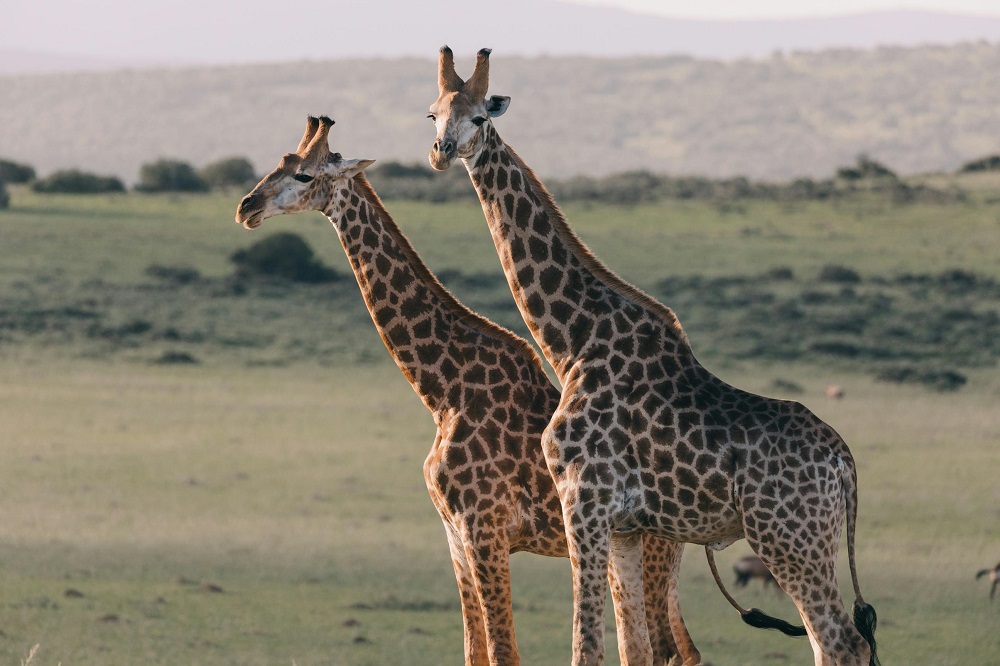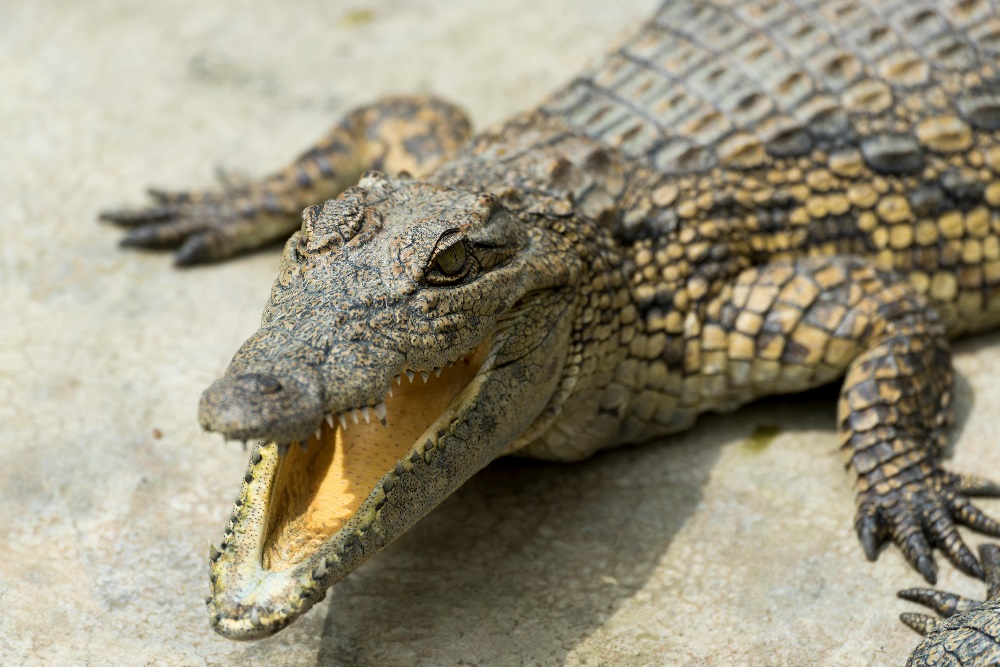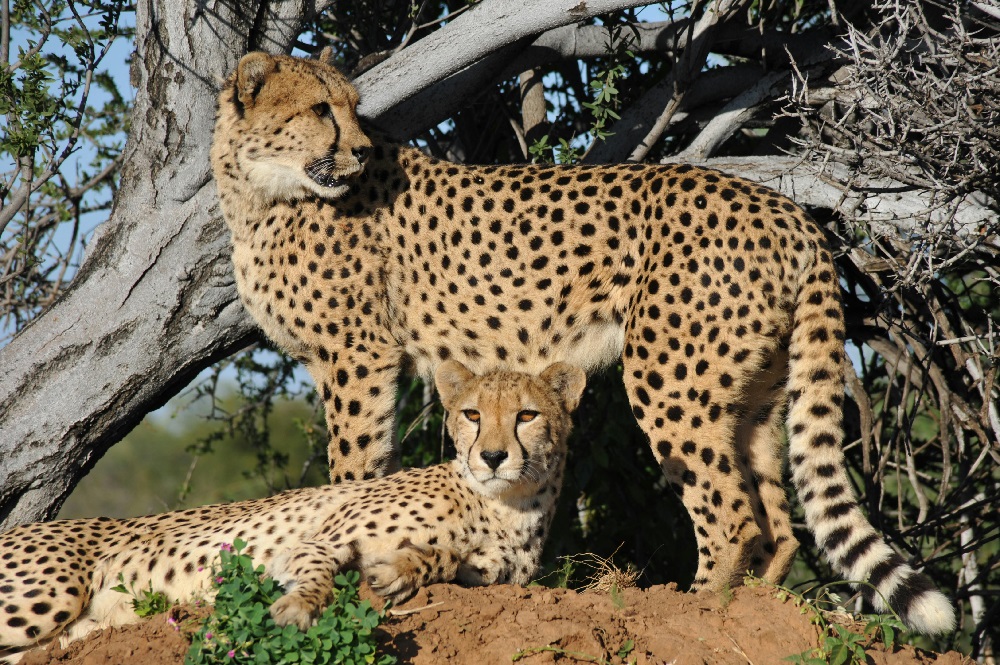The Ngorongoro Crater in northern Tanzania is one of the most remarkable natural wonders in Africa. Formed millions of years ago from a collapsed volcano, this vast caldera is the largest unbroken volcanic crater in the world. It stretches over 260 square kilometers, with towering walls rising 600 meters high. Inside its natural enclosure lives a unique ecosystem that has earned the crater the nickname “Africa’s Garden of Eden.” Because of its rare beauty and incredible wildlife, Ngorongoro is recognized as a UNESCO World Heritage Site and draws thousands of visitors each year. But what truly makes this place special? Travelers ask many questions about the crater—from whether you can swim there to why giraffes are not seen inside. To understand its uniqueness, let’s explore its history, wildlife, culture, and visitor experiences.
The crater is not just a physical landmark. It is a living ecosystem where wildlife roams freely and local Maasai communities live alongside nature. The balance between conservation and culture makes Ngorongoro different from many other safari destinations. While the Serengeti is famous for the Great Migration, Ngorongoro is celebrated for its dense concentration of animals in one enclosed space. Nowhere else in Africa can you see so many species within such a small area. This is why many travelers believe a safari in Tanzania is incomplete without visiting the Ngorongoro Crater.
Can You Swim in the Ngorongoro Crater?
Visitors often wonder if it is possible to swim in the crater, but the answer is no. The crater floor is not designed for swimming because it is home to wild animals like hippos and crocodiles, especially in Lake Magadi, the seasonal soda lake in the center. Swimming would be extremely dangerous and is not allowed. Instead of swimming, travelers explore the crater on game drives led by guides who understand the terrain and wildlife behavior. This restriction is part of the conservation effort to keep both humans and animals safe while preserving the natural balance of the crater.
What Does Ngorongoro Mean in English?
The name “Ngorongoro” comes from the Maasai people, who are the traditional inhabitants of this land. It is said to mimic the sound of the cowbells used by Maasai herders: “ngoro ngoro.” To the Maasai, the crater is not just a tourist attraction but part of their homeland where they graze cattle. The meaning of the name connects directly to the culture and traditions of the people who have lived in harmony with this land for centuries. For many visitors, learning about the Maasai name and its history deepens the experience, showing that Ngorongoro is both a natural and cultural treasure.
What Animals Are Not Found in the Ngorongoro Crater?
One of the fascinating facts about Ngorongoro is that almost every major African animal is found here, but there are a few exceptions. Giraffes are not seen inside the crater because the steep walls make it difficult for them to enter. The same goes for impalas and topis, which are not commonly found. This makes the crater unique compared to places like the Serengeti, where giraffes are common. Despite this, Ngorongoro offers sightings of the Big Five: lions, elephants, buffaloes, leopards, and rhinos. It is also one of the best places in East Africa to see black rhinos, a critically endangered species.
How Much Does It Cost to Enter the Ngorongoro Crater?
The cost of visiting Ngorongoro depends on the type of traveler. For international tourists, the entry fee is around $70 per adult per day, plus vehicle and guide charges. When converted into British pounds or other currencies, it may seem expensive, but the experience is well worth it. These fees help fund wildlife conservation and community projects, ensuring that the crater remains protected for future generations. Many safari packages already include the entry fees, but independent travelers should always check the latest costs before visiting.
Why Is There No Giraffe in the Ngorongoro Crater?
The absence of giraffes often surprises visitors. The main reason is the geography of the crater. With its high, steep walls, it is physically challenging for giraffes to descend into the crater. Giraffes are adapted to roam wide, flat savannahs where they can feed on acacia trees, which are not abundant inside the crater. While this might disappoint some visitors, the crater makes up for it with its high population of lions, elephants, zebras, wildebeest, and flamingos. This unusual absence of giraffes makes Ngorongoro a unique safari destination compared to other Tanzanian parks.
Is Ngorongoro the Garden of Eden?
Many travelers call Ngorongoro the “Garden of Eden” because of its lush landscapes and dense wildlife. The crater floor is a mix of grasslands, swamps, lakes, and forests, creating an environment that looks almost untouched by time. The sheer abundance of animals living together in one space gives it an Eden-like atmosphere. Lions rest in the open plains, hippos crowd the pools, and rhinos graze quietly nearby. This nickname adds to its allure, attracting visitors who want to see a place that feels magical and timeless.
Are There Crocodiles in the Ngorongoro Crater?
Although hippos are common in Lake Magadi and its swamps, crocodiles are not found in Ngorongoro Crater. Crocodiles usually thrive in larger, permanent rivers and lakes, which are not present here. Their absence makes the crater slightly safer compared to other safari regions where crocodiles pose a danger. Instead, hippos dominate the waters, and their playful but aggressive nature makes them fascinating to watch.
Is It Worth It to Go to the Ngorongoro Crater?
For most travelers, the answer is absolutely yes. Ngorongoro is a once-in-a-lifetime experience that combines wildlife, landscapes, and culture in one location. The high entry fees and guided tour costs are justified by the sheer density of wildlife and the chance to see rare species like the black rhino. Unlike vast parks such as the Serengeti, where animals are spread out, Ngorongoro allows visitors to see large numbers of animals in a relatively small area. A single game drive can deliver sightings that might take days in other parks. This efficiency makes it especially attractive for travelers with limited time.
Do Animals Live in the Ngorongoro Crater?
Yes, many animals live permanently in the crater. Wildebeest, zebras, buffaloes, and gazelles are residents that thrive on its grasslands. Lions also live here year-round, making it one of the best places to see predator-prey interactions. However, some animals, like elephants, move in and out of the crater depending on the season. The mix of permanent and migratory animals creates a dynamic ecosystem that changes throughout the year.
Can You Walk in the Ngorongoro Crater?
Walking inside the crater is not allowed for safety reasons. The area is home to dangerous wildlife such as lions, elephants, and buffaloes, making it unsafe for pedestrians. Visitors explore the crater in safari vehicles, which allow close but secure encounters with wildlife. However, guided walking safaris are available in parts of the Ngorongoro Conservation Area outside the crater. These walks offer a different perspective, allowing travelers to experience the land more closely while still staying safe.
Are There Lions in the Ngorongoro Crater?
The Ngorongoro Crater is famous for its lion population, estimated at around 100 individuals. These lions live permanently in the crater, unlike in some other areas where lions move with the migration. Because of this, visitors are almost guaranteed to see lions during their safari. The lions here are also known for their unique behaviors, such as hunting in the open crater floor where visibility is high. This makes for thrilling game drives, as travelers can witness predator-prey encounters up close.
Can You Self-Drive in the Ngorongoro Crater?
Self-driving in the crater is technically possible, but it is not recommended for most visitors. The roads can be rough and confusing, and driving among wild animals requires experience and caution. Most travelers prefer guided tours with local drivers who know the best routes and animal behaviors. Guides also add value by explaining the ecology and culture of the area, making the experience more educational. For adventurous travelers, renting a 4×4 and driving yourself is an option, but it comes with more challenges and risks.
Conclusion
The Ngorongoro Crater is special because it combines natural wonder, rich wildlife, cultural history, and unforgettable safari experiences in one destination. From its breathtaking landscapes to its dense populations of lions, elephants, and rhinos, it offers something few places in the world can match. Questions about giraffes, crocodiles, or whether it is worth visiting only highlight its uniqueness. For anyone planning a safari in Tanzania, the Ngorongoro Crater is not just a stop—it is a highlight that will stay in memory forever.







